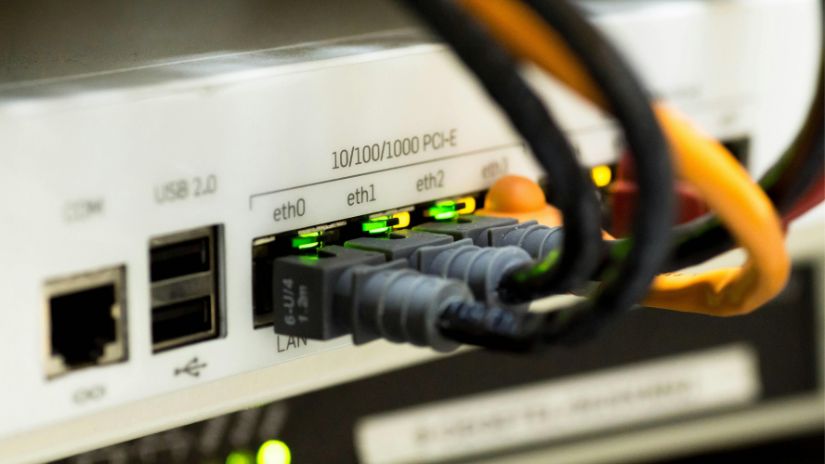- Not all phone handsets are NBN compatible.
- The landline landscape has changed
- Learn how to set up your NBN compatible phones with NBN depending on the connection type available on your premises.

Even as mobile phones become more popular for calls, you can keep your home phone with the NBN. NBN home phones use Voice over IP (VoIP) technology to connect. When you sign up for an NBN plan, your provider may offer call packages that allow you to use your home phone line over VoIP.
NBN allows both your Internet and telephone to work over the Internet connection. What this means is that with the NBN, you don’t need to plug your handset into the old-copper phone wall socket.
You can simply plug it into either the modem or connection box that comes with your plan.
So, what’s VoIP?
VoIP, or Voice over Internet Protocol, allows you to make phone calls using the Internet instead of traditional phone lines.
With VoIP, your voice is converted into digital data that travels over the Internet to reach the recipient, similar to how other online data is sent.
This technology enables you to have a home phone line that uses the Internet when connected to the NBN.
Unfortunately, not all telephone models are NBN compatible. Phones that use ‘pulse dialling’ including non-touch old rotary dial handsets won’t work on an NBN voice service.
Connecting your home phone to the NBN
How you can link your phone to the NBN depends on the connection type you have on your premises. Let’s look at the process of how you can connect your handset to the NBN through each connection type.
Fibre to the Building (FTTB) and Fibre to the Node (FTTN)
If you are on the FTTB or FTTN, you can simply plug your home phone directly into your modem. There should be able to find a port at the back of your modem where you can plug in your handset.
Fibre to the Premises (FTTP)
If you are on the FTTP, there are two ways to connect your phone to the NBN.
- Directly plug your phone directly into the modem provided by your ISP.
- If you don’t have a modem, you may use the NBN connection box. You should be able to find the same port at the back of your box for a phone line.
One disadvantage of VoiP is that since it’s Internet-reliant, you can expect the connection to drop off when there’s a power out. But the good news is that most providers give you an optional battery backup unit as part of your home service on the NBN. You can rely on the backup to get you connected especially during natural emergency situations.
Hybrid Fibre Coaxial (HFC)
If your area has HFC NBN connection, you can plug your home phone directly into the green port of your modem. From there, your modem should be plugged into the NBN connection box.
Fixed Wireless
Fixed wireless offers flexibility, allowing you to keep your current phone line. However, if you use your mobile phone or Internet-based apps frequently, it may be more cost-effective to disconnect your phone line entirely.
If you have an NBN-compatible handset and wish to keep it, you should be able to connect it easily to your NBN connection box.
How your phone connects to the NBN
When connecting your phone to the NBN, you'll need to plug it into your modem, router, or NBN connection box. However, this equipment may not be conveniently located in your home, which is where VoIP is a great alternative.
Also, after switching to the NBN, your phone's wall sockets won't connect to the telephone exchange anymore, rendering them unusable with your handset.
Need a new NBN plan?
Are you looking for a new NBN plan that includes a home phone in a bundle? We’ve analysed and reviewed hundreds of plans and deals offered by different Internet providers so you don’t have to. Find the best NBN plans available in your area by calling our team today.


